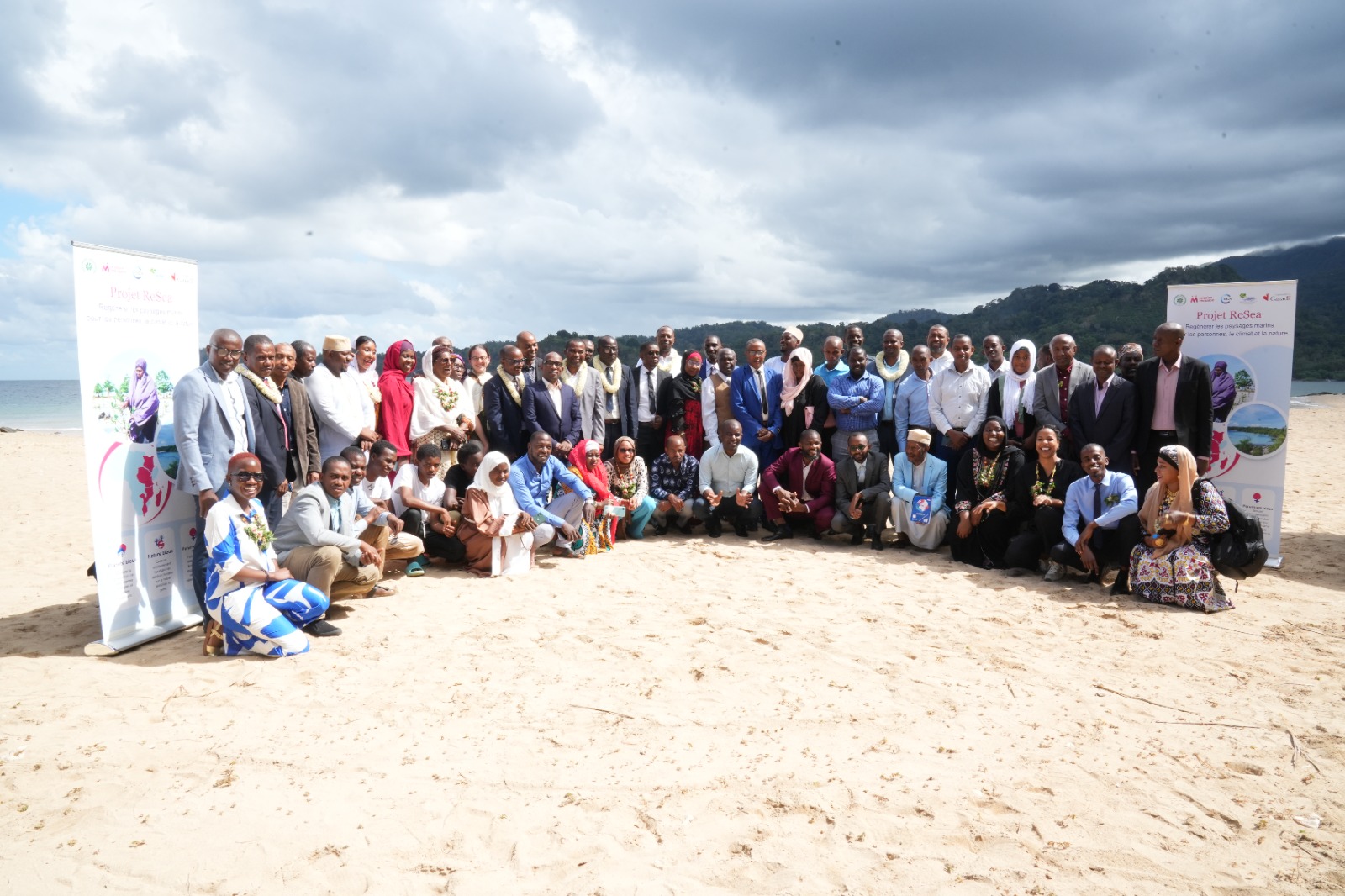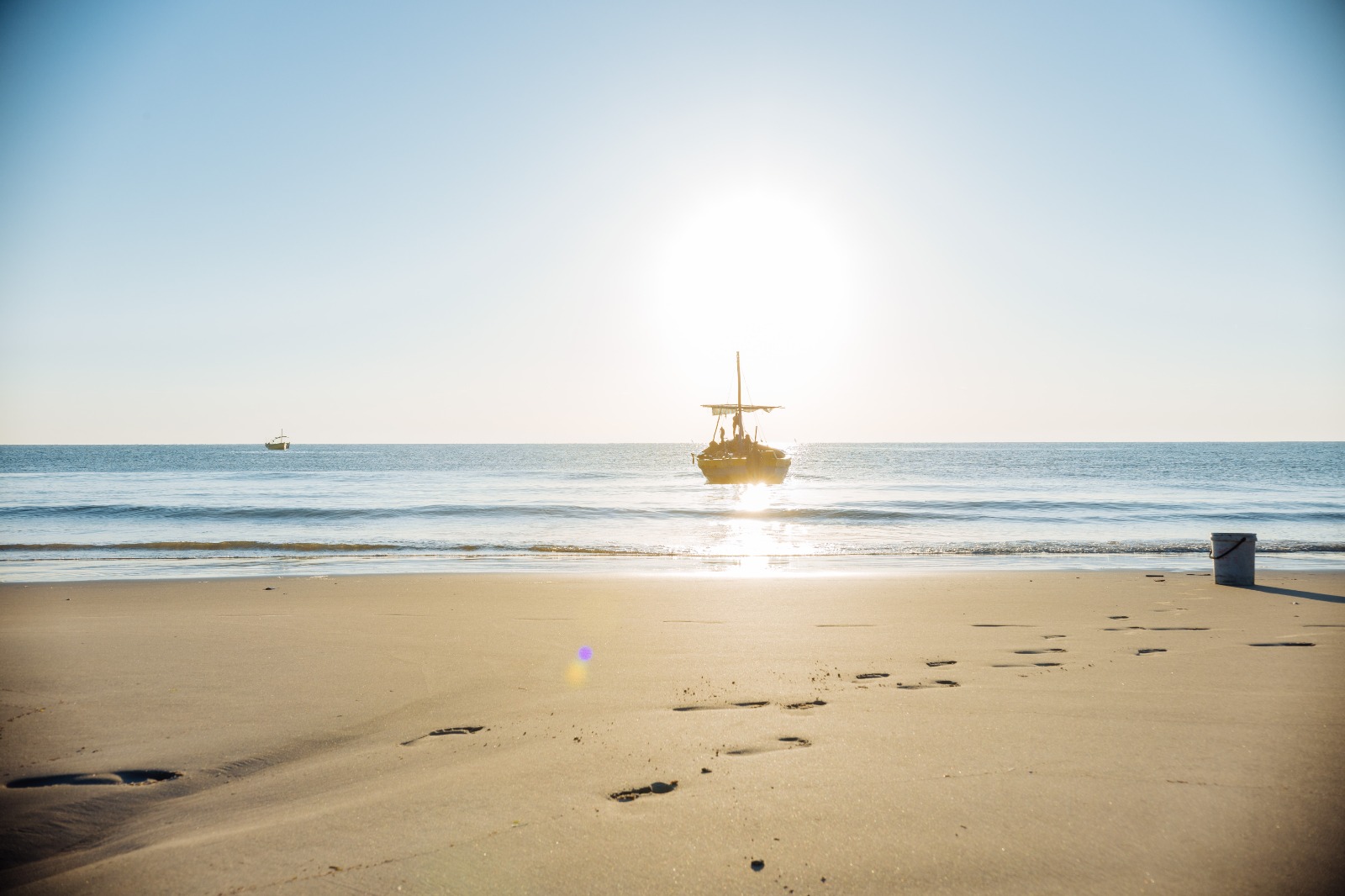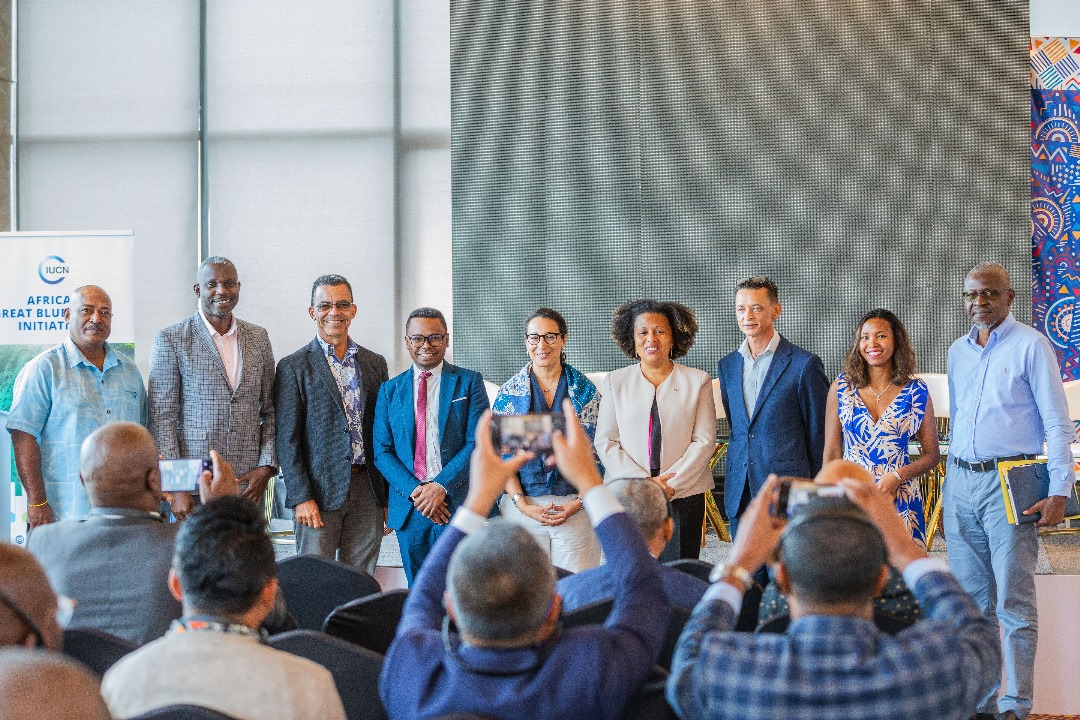World Oceans Day 2023: Indigenous and local coastal stewardship changing tides in marine conservation
08 June 2023
For Indigenous Peoples, the ocean is a sacred element that holds profound cultural significance. The Inclusive Conservation Initiative (ICI) strives to enhance support for Indigenous Peoples’ and Local Communities’ leadership in the sustainable use and management of their marine and coastal environments.
On the Atlantic coast of Panama and Guatemala, the Guna, Maya, and Garifuna Peoples consider the ocean as an integral part of Mother Earth and a giver of life. The Guna Yala region, which covers 7,513 km² of continental and marine area, is an ecoregion of high priority for the conservation of biodiversity that functions as a biocultural corridor in the isthmus. The livelihoods of the Guna Peoples depend on the coastal resources of this marine area, which is home to mangrove ecosystems, fish species, crustaceans, extensive networks of reefs, and seagrass meadows of shallow waters of the continental shelf. Similarly, the Maya and Garifuna Peoples that inhabit the Caribbean coast of Guatemala and the coastal zone and islands of northern Honduras (part of the Mesoamerican Reef System stretching for 625 miles along the coasts of Honduras, Guatemala, Belize and Mexico), maintain an important relationship with marine ecosystems and biodiversity as most of their sources of income and food sovereignty depend on artisanal fishing.
 Guna Yala region, Panama
Photo: Sotz'il
Guna Yala region, Panama
Photo: Sotz'il
On the other side of the Pacific Ocean, the lives of the Vanua o Lau - the Indigenous Peoples of the Lau Seascape in the Fiji Islands - are also intertwined with the ocean. Nestled within the South Pacific Ocean, the Lau Seascape, covering an expansive area of 335,895 km², stands as a unique marine ecosystem rich in both cultural heritage and biodiversity, and is home to a population of 9,602 across its 60 islands, of which 13 are inhabited. The ocean and the islands of the Lau Seascape house remarkable biodiversity (in 2017 scientists discovered species that were new to science and exist nowhere else in the world) across 52 locally managed marine areas. The Lau Seascape boasts 80% live coral cover with 200 hard coral species, 527 fish species, and many marine species such as sea turtles, sharks, and whales. The island chain is also a waypoint for migrating marine species like whales, and its reefs are a breeding ground for both the endangered green and hawksbill turtles.
The Lau Seascape is stewarded by the Vanua o Lau, whose traditions, practices, and beliefs are centered around the ocean and deeply woven into the fabric of the natural environment. Lau local communities, drawing from traditional knowledge passed down through generations, have an intimate understanding of the behavior of various species, the rhythm of the seasons, and the optimal times and locations for resource harvesting. Moreover, the sea and its resources are often central to the social and economic life of these communities. For them, fishing and other marine activities are not just a source of food and income, but also a way of maintaining social bonds and cultural traditions.
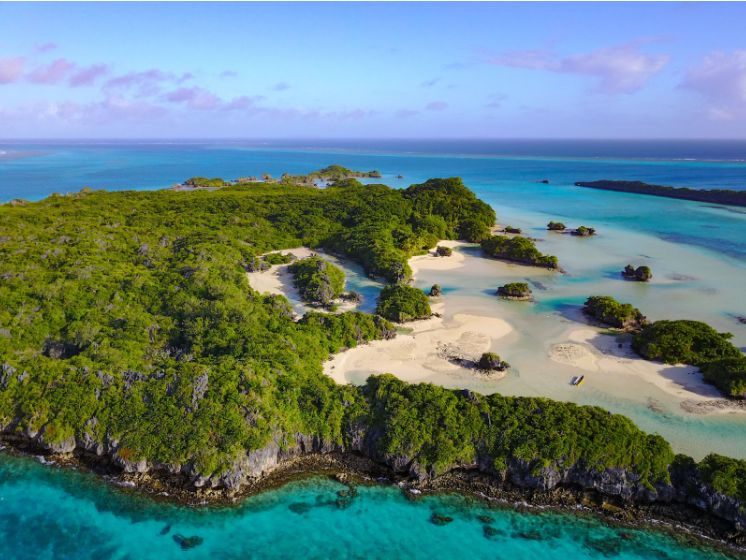 Lau Seascape, Fiji Islands
Photo: Vanua o Lau
Lau Seascape, Fiji Islands
Photo: Vanua o Lau
ICI is supporting Indigenous coastal stewardship in both regions by working inclusively with its ancestral inhabitants.
In Meso America, under the Caribe Maya initiative, a consortium of Indigenous organizations led by Sotz’il is working to promote sustainable tourism with community management and to safeguard the traditional practices of the Indigenous Peoples of these areas of Panama and Guatemala, which are currently being threatened by the effects of climate change. To tackle this issue, Sotz’il is organizing training aimed at reducing pressure on natural resources. At the community level, the consortium has also established the Community Tourism Network to provide promotional services and market community tourism products on the Caribbean Coast of Guatemala. The project will promote the development of community mapping, biological studies based on Indigenous knowledge, promotion of Indigenous tourism from a sustainability approach to ensure the conservation of biodiversity from the perspective of Indigenous Peoples and women, including the participation of youth in capacity building processes. Within the framework of the project, all activities carried out will be related to the conservation of coastal marine biodiversity and will be based on Indigenous knowledge.
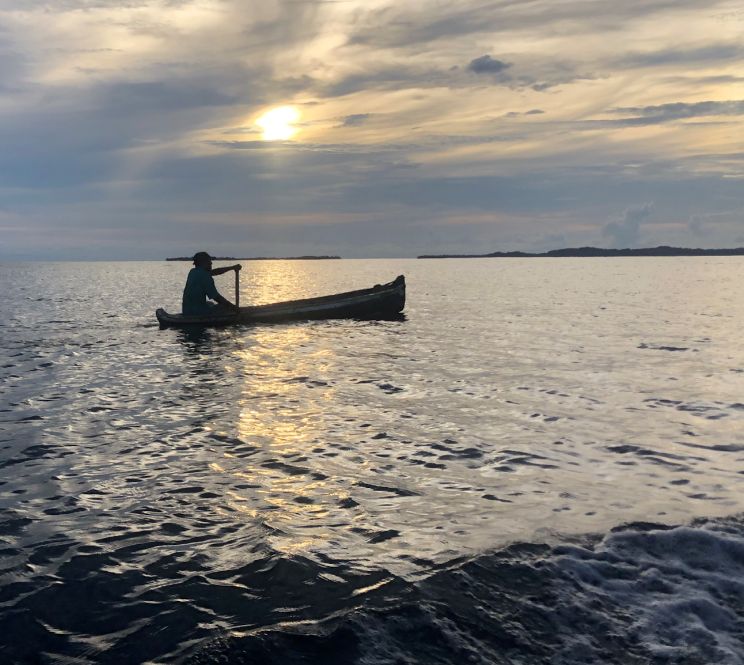 Guna Yala region, Panama
Photo: Sotz'il
Guna Yala region, Panama
Photo: Sotz'il
Under ICI, the Vanua o Lau is co-leading (together with the House of Ariki) a comprehensive effort to improve customary governance of natural resources on the island. This initiative encompasses community training on climate change and legislation, capacity building on project and financial management for the Lau Seascape Trustees, and the establishment of the Lau Seascape Trust – a formal entity that can support the Vanua o Lau. It also involves fostering exchanges with the House of Ariki in the Cook Islands and partners in the Aotearoa Iwi. The focus extends to nurturing traditional knowledge and skills for natural resource management among the younger generations through an educational awareness program and a citizen science initiative. The initiative aims to foster sustainable livelihoods by offering a Community Grants Fund for livelihood supply chain enhancement and facilitating market access improvements. Central to this plan is the protection and management of the ocean, which will be realized through the consolidation of island-scale management plans and the endorsement of the Lau Seascape Spatial Plan.
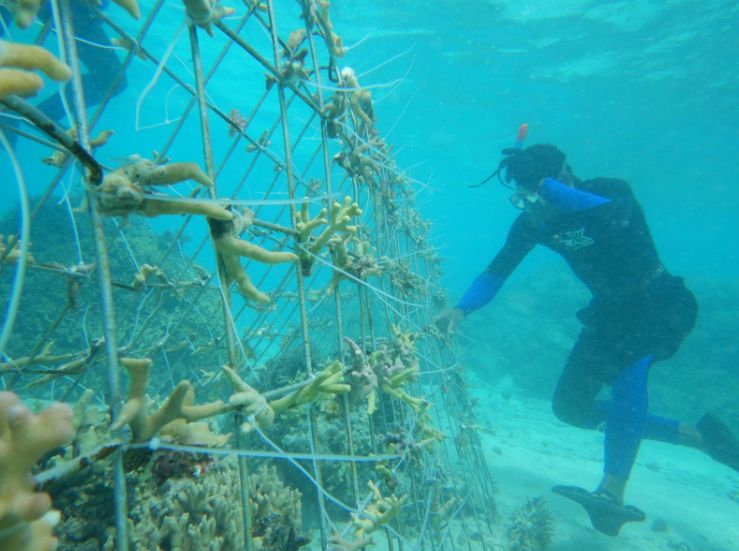 Lau Seascape, Fiji Islands
Photo: Vanua o Lau
Lau Seascape, Fiji Islands
Photo: Vanua o Lau
By re-shifting the balance of power in marine conservation back toward Indigenous Peoples and Local Communities, Sotz’il and the Vanua o Lau are empowering the hereditary stewards of these coastal areas to effectively tackle the climate crisis and make strides in marine conservation.
The Inclusive Conservation Initiative (ICI) is funded by the Global Environment Facility (GEF) and co-implemented by Conservation International (CI) and IUCN.
Disclaimer
Opinions expressed in posts featured on any Crossroads or other blogs and in related comments are those of the authors and do not necessarily reflect the opinions of IUCN or a consensus of its Member organisations.
IUCN moderates comments and reserves the right to remove posts that are deemed inappropriate, commercial in nature or unrelated to blog posts.
